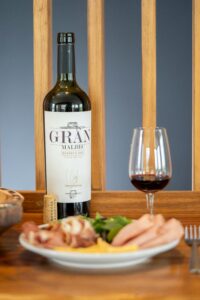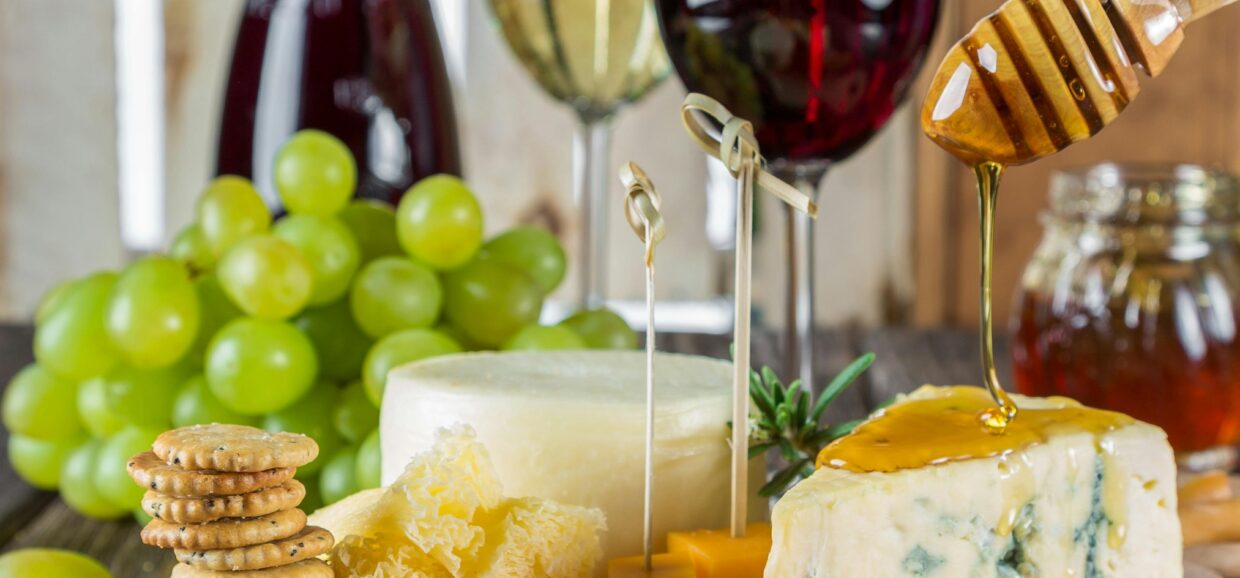Embarking on the journey of pairing food with wine can transform a simple meal into a memorable experience. Understanding the art and science behind this pairing enhances flavors and elevates dining. Here’s a beginner’s guide to help you navigate this delightful endeavor.
Fundamental Principles of Food and Wine Pairing
- Balance Acidity: Ensure the wine’s acidity matches or exceeds that of the dish. For instance, high-acid wines like Sauvignon Blanc pair excellently with citrus-dressed salads.
- Match Intensity: Align the weight and flavor intensity of the wine with the dish. Light dishes, such as grilled fish, harmonize with light-bodied wines like Pinot Grigio, while robust dishes like steak pair well with full-bodied wines like Cabernet Sauvignon.
- Complement or Contrast Flavors: Choose to either complement the dish’s flavors with similar wine notes or contrast them to create balance. A buttery Chardonnay complements creamy pasta, whereas a crisp Riesling contrasts and balances spicy cuisine.
- Consider Tannins and Fat: Tannic wines, such as Syrah, pair well with fatty foods like lamb, as the fat softens the perception of tannins, creating a smoother taste.

Classic Pairing Examples
- Red Wines with Red Meats: The bold flavors and tannins in red wines like Merlot enhance the richness of red meats.
- White Wines with Light Meats: Chardonnay pairs beautifully with poultry and pork, offering a harmonious balance.
- Sparkling Wines with Salty Foods: Champagne’s effervescence and acidity make it an excellent match for salty dishes like fried chicken.
- Sweet Wines with Spicy Foods: The sweetness in wines like Gewürztraminer balances the heat in spicy dishes, providing a refreshing contrast.
Practical Tips for Beginners
- Experiment and Trust Your Palate: Personal preference is key. Don’t hesitate to try unconventional pairings to discover what pleases your taste buds.
- Focus on Sauces and Preparation: The method of cooking and accompanying sauces often influence the best wine choice more than the main ingredient itself.
- Utilize Wine Pairing Charts: These tools offer quick references and can guide you in making informed decisions.
By embracing these guidelines and trusting your instincts, you can enhance your dining experiences and develop a deeper appreciation for the harmonious relationship between food and wine.






2 Comments